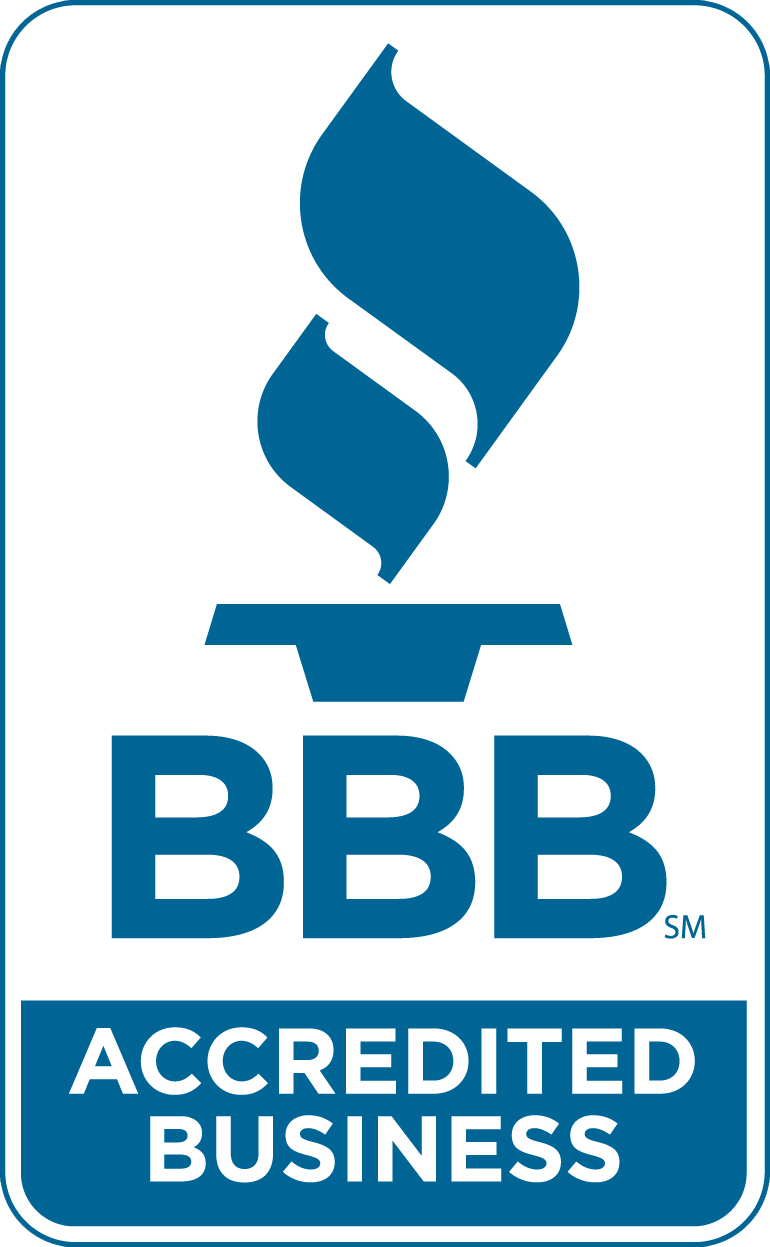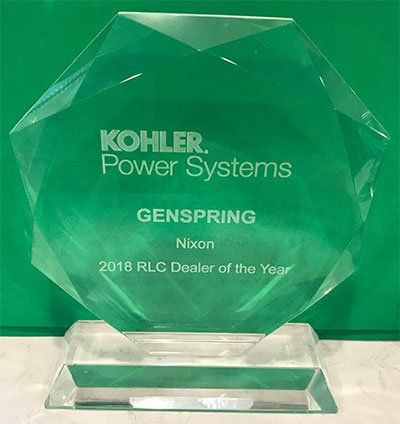What size home generator do I need?
Understanding how you use energy is the key to planning for a home generator system for your home. The table below shows the typical wattage associated with various home appliances and will help you understand the factors that affect generator size. There are two primary considerations – Running Watts and Starting Watts. Running watts represent the steady-state wattage, while Starting Watts represent the initial starting wattage required when the appliance first starts. The table below is presented as a guide for you. When we meet with you for your site visit, we will use our years of experience to ensure that you have the right generator system to meet your needs.
Wattage Reference Guide
| Appliance | Running Watts | Starting Watts |
|---|---|---|
| AC 3 Ton | 2880 | 8640 |
| AC 4 Ton | 4560 | 13680 |
| AC 5 Ton | 6240 | 18720 |
| Electric Dryer | 5000 | 6400 |
| Gas Dryer | 700 | 2100 |
| Clothes Washer | 1200 | 2400 |
| Coffee Maker | 1000 | |
| Electric Range (per element) | 1200 | |
| Electric Oven | 4000 | |
| Microwave Oven | 1000 | |
| Freezer | 700 | |
| Refridgerator | 700 | |
| Electric Water Heater | 4500 | |
| Gas Furance Fan | 700 | |
| Electric HP Strip Heat (8,000 to 15,000) | 10000 | |
| Garage Door Opener | 500 | |
| Hair Dryer | 1200 | |
| Sump Pump | 800 | 1000 |
| Well Pump | 2400 | 3200 |
| Entertainment (500 watts per device) | 500 | |
| General Purpose Lighting (per bulb) | 100 |




